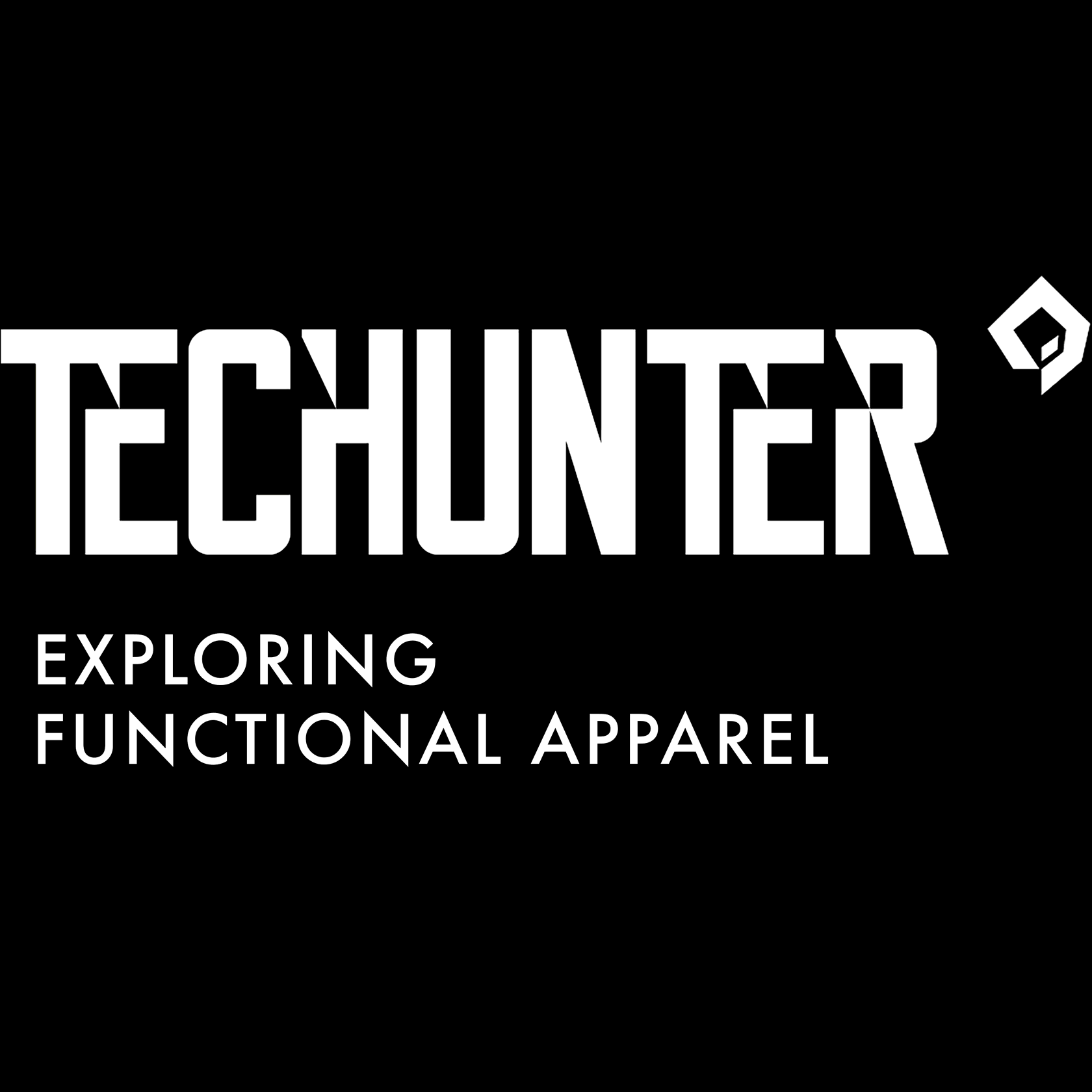
A Dream Made Real: BYBORRE
[HQ tour + interview]
[HQ tour + interview]
All of you have seen those knits, all of us are in love with the design, the textures, colors, and this playfulness, joyous approach to the creative process we see from each release of BYBORRE. We featured and interviewed BYBORRE on multiple occasions and we thought we had a good sense of what this Netherlands-based project is.
Yet, when we had the privilege of being invited to the "textile Mecca" – their studio in Amsterdam, we discovered so, so much more.
Behind the glass doors of a subtle and inconspicuous warehouse, a short tram ride from the city center, lies a bright and optimistic future of the world of tomorrow, the one we can see and touch today.
Left alone for some time in the archive, we were let loose on those samples and rare pieces from all editions and collabs, strolling through racks and shelves, filled with all sorts of materials and patterns, products, and insane one-offs. However, through our long talk with the team behind the brand, we got a much broader and detailed picture, that was way more exciting than any of the pieces present in the collection.
We are excited to share with you a retelling of our visit to BYBORRE's HQ, an explanation of the future of the textile industry, new business models and creative approaches for the designers of tomorrow, and the uncondensed point of doing less for more.
Left alone for some time in the archive, we were let loose on those samples and rare pieces from all editions and collabs, strolling through racks and shelves, filled with all sorts of materials and patterns, products, and insane one-offs. However, through our long talk with the team behind the brand, we got a much broader and detailed picture, that was way more exciting than any of the pieces present in the collection.
We are excited to share with you a retelling of our visit to BYBORRE's HQ, an explanation of the future of the textile industry, new business models and creative approaches for the designers of tomorrow, and the uncondensed point of doing less for more.
Jeroen Panders, business director of BYBORRE.
[TH: Let's start with what BYBORRE's current state is because a lot of people know you just for the clothes. But recently you have been focusing more on the fact that you are not a clothes production and clothing brand per se. Can you tell our readers, as if they were the first time exposed to BYBORRE operations, and tell us where BYBORRE is heading in terms of "not clothing".]
JP: Yeah, good question. Well, we started BYBORRE as a clothing label to push the boundaries of what we can achieve with our tech. And with Editions, it became quite successful, big in Japan, big in the US. And while doing that, Editions, or the label, was always the showcase of what we can do with our platform for custom fabrics. How much we can push the knitting machines, circular knitting. That is our practice, what we do, everything we do is circular knitted. The Editions were always a showcase about how to use our fabrics in an inspiring way. And clothing was actually for us the easiest way to showcase it. While Editions became more and more successful, it simultaneously became quite difficult for us.
JP: Yeah, good question. Well, we started BYBORRE as a clothing label to push the boundaries of what we can achieve with our tech. And with Editions, it became quite successful, big in Japan, big in the US. And while doing that, Editions, or the label, was always the showcase of what we can do with our platform for custom fabrics. How much we can push the knitting machines, circular knitting. That is our practice, what we do, everything we do is circular knitted. The Editions were always a showcase about how to use our fabrics in an inspiring way. And clothing was actually for us the easiest way to showcase it. While Editions became more and more successful, it simultaneously became quite difficult for us.
We are positioning ourselves with BYBORRE as people who do better.
We are giving people insight into the environmental impact clothing has. That is why we make the whole process transparent. So we have software that is connected with the machines knitting out these fabrics. And then we make clothes with it. And we got more and more questions from other labels, big names in the industry, which we work with: "how can we also create our own fabric? How can we also get to that point with the machine?". And we had by then ourselves written software for the machines to make them do these extraordinary things.
Normally you have the machine, it has different settings: A, B, C, D, etc. However when you go in, really into the tech behind it, and you write easy-to-use and easy-to-access software for it, you can not only explore the settings, but you can explore everything that is in between. And that is where you get this extra dimension.
We are giving people insight into the environmental impact clothing has. That is why we make the whole process transparent. So we have software that is connected with the machines knitting out these fabrics. And then we make clothes with it. And we got more and more questions from other labels, big names in the industry, which we work with: "how can we also create our own fabric? How can we also get to that point with the machine?". And we had by then ourselves written software for the machines to make them do these extraordinary things.
Normally you have the machine, it has different settings: A, B, C, D, etc. However when you go in, really into the tech behind it, and you write easy-to-use and easy-to-access software for it, you can not only explore the settings, but you can explore everything that is in between. And that is where you get this extra dimension.
[TH: Let's start with what BYBORRE's current state is because a lot of people know you just for the clothes. But recently you have been focusing more on the fact that you are not a clothes production and clothing brand per se. Can you tell our readers, as if they were the first time exposed to BYBORRE operations, and tell us where BYBORRE is heading in terms of "not clothing".]
JP: Yeah, good question. Well, we started BYBORRE as a clothing label to push the boundaries of what we can achieve with our tech. And with Editions, it became quite successful, big in Japan, big in the US. And while doing that, Editions, or the label, was always the showcase of what we can do with our platform for custom fabrics. How much we can push the knitting machines, circular knitting. That is our practice, what we do, everything we do is circular knitted. The Editions were always a showcase about how to use our fabrics in an inspiring way. And clothing was actually for us the easiest way to showcase it. While Editions became more and more successful, it simultaneously became quite difficult for us.
JP: Yeah, good question. Well, we started BYBORRE as a clothing label to push the boundaries of what we can achieve with our tech. And with Editions, it became quite successful, big in Japan, big in the US. And while doing that, Editions, or the label, was always the showcase of what we can do with our platform for custom fabrics. How much we can push the knitting machines, circular knitting. That is our practice, what we do, everything we do is circular knitted. The Editions were always a showcase about how to use our fabrics in an inspiring way. And clothing was actually for us the easiest way to showcase it. While Editions became more and more successful, it simultaneously became quite difficult for us.
We are positioning ourselves with BYBORRE as people who do better.
We are giving people insight into the environmental impact clothing has. That is why we make the whole process transparent. So we have software that is connected with the machines knitting out these fabrics. And then we make clothes with it. And we got more and more questions from other labels, big names in the industry, which we work with: "how can we also create our own fabric? How can we also get to that point with the machine?". And we had by then ourselves written software for the machines to make them do these extraordinary things.
Normally you have the machine, it has different settings: A, B, C, D, etc. However when you go in, really into the tech behind it, and you write easy-to-use and easy-to-access software for it, you can not only explore the settings, but you can explore everything that is in between. And that is where you get this extra dimension.
What has always annoyed us when looking for more new eco-friendly materials, is that once you go to the production partner, who actually knits them, it is basically "we like your yarn, but we can't produce with it". That's why we thought: when we can have the whole supply chain in our own hands, we are able to make decisions ourselves, and test the yarn and the machines. Coming from that, we had more and more brands asking for help. It was always to open up the software for creators out there in the world and allow them to design and produce responsible textiles from the yarn up".
The problem at the moment, when you work in textiles, is that you are either very big and you produce your own textiles, or you are too small to create anything on your own, and you have to choose pre-produced textiles from a supplier. You have to meet a really high MOQ to even make your own textiles. 80 percent of the environmental footprint of textiles is set in stone when you develop textiles. So where does it come from, what is the origin of the material, what is the process, how are the logistics, what chemicals are going to be used, and so on.
So, as a creator, you currently don't have control over that first 80 percent. We thought, well, how can we change that?
The problem at the moment, when you work in textiles, is that you are either very big and you produce your own textiles, or you are too small to create anything on your own, and you have to choose pre-produced textiles from a supplier. You have to meet a really high MOQ to even make your own textiles. 80 percent of the environmental footprint of textiles is set in stone when you develop textiles. So where does it come from, what is the origin of the material, what is the process, how are the logistics, what chemicals are going to be used, and so on.
So, as a creator, you currently don't have control over that first 80 percent. We thought, well, how can we change that?
What has always annoyed us when looking for more new eco-friendly materials, is that once you go to the production partner, who actually knits them, it is basically "we like your yarn, but we can't produce with it". That's why we thought: when we can have the whole supply chain in our own hands, we are able to make decisions ourselves, and test the yarn and the machines. Coming from that, we had more and more brands asking for help. It was always to open up the software for creators out there in the world and allow them to design and produce responsible textiles from the yarn up".
The problem at the moment, when you work in textiles, is that you are either very big and you produce your own textiles, or you are too small to create anything on your own, and you have to choose pre-produced textiles from a supplier. You have to meet a really high MOQ to even make your own textiles. 80 percent of the environmental footprint of textiles is set in stone when you develop textiles. So where does it come from, what is the origin of the material, what is the process, how are the logistics, what chemicals are going to be used, and so on.
So, as a creator, you currently don't have control over that first 80 percent. We thought, well, how can we change that?
So, as a creator, you currently don't have control over that first 80 percent. We thought, well, how can we change that?
We chose a radically different approach, where we've built a software platform, and opened it up to every kind of creator, so people can create textiles themselves, by selecting one of our compositions – we work with different compositions for different use cases. And you see exactly what material it is made of, where it is made, what's the impact you have, how much CO2 it produces, and how much water it uses.
So it allows every creator to have insight into the environmental impact their textile has. That became very successful, so a lot of projects, other than just fashion brands, started using the tool to make textiles.
When we really want to change the industry by making it better, then we have to go for a radically open approach. And now that we have onboarded hundreds of brands and creators (and counting!), we can use their custom textiles, products, and stories as inspiration for our platform, and, although Editions served us really well as a playground promoting the power of the platform, Edition 11 will be the last collection produced within the traditional fashion calendars.
[This is what BYBORRE Create actually is, yeah?]
Yes, It's a software platform where you can design custom textiles from scratch while making your own choices in the materials you choose. By only creating fashion, whilst being a successful, but niche brand, you are not going to change the industry.
So it allows every creator to have insight into the environmental impact their textile has. That became very successful, so a lot of projects, other than just fashion brands, started using the tool to make textiles.
When we really want to change the industry by making it better, then we have to go for a radically open approach. And now that we have onboarded hundreds of brands and creators (and counting!), we can use their custom textiles, products, and stories as inspiration for our platform, and, although Editions served us really well as a playground promoting the power of the platform, Edition 11 will be the last collection produced within the traditional fashion calendars.
[This is what BYBORRE Create actually is, yeah?]
Yes, It's a software platform where you can design custom textiles from scratch while making your own choices in the materials you choose. By only creating fashion, whilst being a successful, but niche brand, you are not going to change the industry.

We chose a radically different approach, where we've built a software platform, and opened it up to every kind of creator, so people can create textiles themselves, by selecting one of our compositions – we work with different compositions for different use cases. And you see exactly what material it is made of, where it is made, what's the impact you have, how much CO2 it produces, and how much water it uses.
So it allows every creator to have insight into the environmental impact their textile has. That became very successful, so a lot of projects, other than just fashion brands, started using the tool to make textiles.
So it allows every creator to have insight into the environmental impact their textile has. That became very successful, so a lot of projects, other than just fashion brands, started using the tool to make textiles.
When we really want to change the industry by making it better, then we have to go for a radically open approach. And now that we have onboarded hundreds of brands and creators (and counting!), we can use their custom textiles, products, and stories as inspiration for our platform, and, although Editions served us really well as a playground promoting the power of the platform, Edition 11 will be the last collection produced within the traditional fashion calendars.
[This is what BYBORRE Create actually is, yeah?]
Yes, It's a software platform where you can design custom textiles from scratch while making your own choices in the materials you choose. By only creating fashion, whilst being a successful, but niche brand, you are not going to change the industry.
[This is what BYBORRE Create actually is, yeah?]
Yes, It's a software platform where you can design custom textiles from scratch while making your own choices in the materials you choose. By only creating fashion, whilst being a successful, but niche brand, you are not going to change the industry.
[You are just going to add to it.]
Actually, you are just making more clothing. We can't sell a message of doing better by doing exactly the same. We want creators to make more conscious decisions and better but fewer textiles and products.
Actually, you are just making more clothing. We can't sell a message of doing better by doing exactly the same. We want creators to make more conscious decisions and better but fewer textiles and products.
[That's a nice vest, we have to say.]
Yeah, well, I also feel that. You might have read last week that this is our last collection that just came out. The last collection as it is in the form of a yearly fashion collection, we want to again do better but less. Because that is the only way we can go forward. We can't continue to be doing seasons. The brands and creators see us as a platform now, and it became a bit confusing because we were so popular for the typical engineered knitted pieces.
Yeah, well, I also feel that. You might have read last week that this is our last collection that just came out. The last collection as it is in the form of a yearly fashion collection, we want to again do better but less. Because that is the only way we can go forward. We can't continue to be doing seasons. The brands and creators see us as a platform now, and it became a bit confusing because we were so popular for the typical engineered knitted pieces.
[Yeah, you just get into the simple trajectory, you gotta do it after and after.]
Yes, to do sales. In the end, it is not leading to what our main cause is, and what our mission is. And it is what Editions always were, to show a group of creators what you can do with a platform for custom and responsible knits. We are a platform with an open ecosystem, where on the one hand, as you can see over here, the yarns that we use, and the yarn producers. Parley for the oceans, is famous for its collaborations with marine plastics. Indorama fully recycled polyester solutions. Sudwolle. Nylstar, is known for its recycled nylon solutions with zero microplastic certificates. What you see are actually yarn partners, and there are also machine partners we work with, like Santoni Shanghai and Mayer and Cie.
Yes, to do sales. In the end, it is not leading to what our main cause is, and what our mission is. And it is what Editions always were, to show a group of creators what you can do with a platform for custom and responsible knits. We are a platform with an open ecosystem, where on the one hand, as you can see over here, the yarns that we use, and the yarn producers. Parley for the oceans, is famous for its collaborations with marine plastics. Indorama fully recycled polyester solutions. Sudwolle. Nylstar, is known for its recycled nylon solutions with zero microplastic certificates. What you see are actually yarn partners, and there are also machine partners we work with, like Santoni Shanghai and Mayer and Cie.
We are a platform. A platform for creators, but also for yarn partners, and machine partners. We, as a platform, use technology to put these parties together and also make sure creators can access these solutions and technologies smoothly through our platform, where everything is compatible with each other. Because when you want to change something, you need to do it fast. And you can't wait on being each other's competitor, that is too late for that. You have to do it together and do it now.
The Window of Textile opportunities, or WoTO™, is the permanent space and community celebrating this partnership. We will build many of these hubs and communities globally, rolling out in cities such as Milano, New York, Tokyo, etc. We want all of these hubs to enter the ecosystem on a very base and local level. So everybody can make an impact.
The Window of Textile opportunities, or WoTO™, is the permanent space and community celebrating this partnership. We will build many of these hubs and communities globally, rolling out in cities such as Milano, New York, Tokyo, etc. We want all of these hubs to enter the ecosystem on a very base and local level. So everybody can make an impact.
[So there is no, first of all, shipping.]
There will always be movement of goods, but what is important is to limit this to a minimum. And so we can initiate to work more with local resources and suppliers.
[Decentralized production, mostly locally sourced. And then a creator comes in and just gets what he wants.]
Exactly. And also produces what he/she needs. You don't want to know how many meters are just being thrown into the garbage because of overproduction. The awesome setup we have built though is that using our platform to design digitally, we sample all custom textiles here and ship them to clients within 2 weeks. At our HQ in Amsterdam, we have all the knowledge and cutting-edge developments, e.g. on yarn consumption and impact.
There will always be movement of goods, but what is important is to limit this to a minimum. And so we can initiate to work more with local resources and suppliers.
[Decentralized production, mostly locally sourced. And then a creator comes in and just gets what he wants.]
Exactly. And also produces what he/she needs. You don't want to know how many meters are just being thrown into the garbage because of overproduction. The awesome setup we have built though is that using our platform to design digitally, we sample all custom textiles here and ship them to clients within 2 weeks. At our HQ in Amsterdam, we have all the knowledge and cutting-edge developments, e.g. on yarn consumption and impact.
And when a client wants to produce their custom textiles in bulk, we use our global production partner network to produce the textiles on-demand for our clients, ranging from small quantities to scaled quantities. That means the fabric does not necessarily have to travel all the way from here to America or Asia. We try to produce every component of the finished fabric as close as possible to where our production partner is.
[This is the way for the future. We have a good friend, "Functional Clothing Lab" from Greece, and she is always raving about localized small-scale automated production. And it is the only way forward to stopping this crazy train from just rolling on us all. But you are also infusing it with tech. As a tech company.]
We are a tech company, absolutely.
[This is the way for the future. We have a good friend, "Functional Clothing Lab" from Greece, and she is always raving about localized small-scale automated production. And it is the only way forward to stopping this crazy train from just rolling on us all. But you are also infusing it with tech. As a tech company.]
We are a tech company, absolutely.
[So there is no, first of all, shipping.]
There will always be movement of goods, but what is important is to limit this to a minimum. And so we can initiate to work more with local resources and suppliers.
[Decentralized production, mostly locally sourced. And then a creator comes in and just gets what he wants.]
Exactly. And also produces what he/she needs. You don't want to know how many meters are just being thrown into the garbage because of overproduction. The awesome setup we have built though is that using our platform to design digitally, we sample all custom textiles here and ship them to clients within 2 weeks. At our HQ in Amsterdam, we have all the knowledge and cutting-edge developments, e.g. on yarn consumption and impact.
There will always be movement of goods, but what is important is to limit this to a minimum. And so we can initiate to work more with local resources and suppliers.
[Decentralized production, mostly locally sourced. And then a creator comes in and just gets what he wants.]
Exactly. And also produces what he/she needs. You don't want to know how many meters are just being thrown into the garbage because of overproduction. The awesome setup we have built though is that using our platform to design digitally, we sample all custom textiles here and ship them to clients within 2 weeks. At our HQ in Amsterdam, we have all the knowledge and cutting-edge developments, e.g. on yarn consumption and impact.
And when a client wants to produce their custom textiles in bulk, we use our global production partner network to produce the textiles on-demand for our clients, ranging from small quantities to scaled quantities. That means the fabric does not necessarily have to travel all the way from here to America or Asia. We try to produce every component of the finished fabric as close as possible to where our production partner is.
[This is the way for the future. We have a good friend, "Functional Clothing Lab" from Greece, and she is always raving about localized small-scale automated production. And it is the only way forward to stopping this crazy train from just rolling on us all. But you are also infusing it with tech. As a tech company.]
We are a tech company, absolutely.
[This is the way for the future. We have a good friend, "Functional Clothing Lab" from Greece, and she is always raving about localized small-scale automated production. And it is the only way forward to stopping this crazy train from just rolling on us all. But you are also infusing it with tech. As a tech company.]
We are a tech company, absolutely.
[As a tech company, what is your idea for developing this further? Like we understand that the platform comes first right now. How much more is possible with this tech? We understand it is primarily introducing new software and ways of using it into old-school machines, in a way.]
Yes, that's one of the aspects. Because the machines that we use were originally made to run large productions as efficiently as possible, e.g. to make mattress covers or t-shirt textiles. It is a way of introducing tech on many levels. Either opening up the possibilities of that very old school method, but also introducing tech to mirror the process worldwide. The machines here are technically mirrored digitally with production partners worldwide. So we are able to let these machines communicate with each other. Which is a very unique system we have built. Because the industry is used to working and operating in silos, nothing speaks and syncs with each other smoothly. That's one very important thing. And also circular knitting still involves a lot of expertise. The machines have so many settings. It is a very complex method of producing textile and we have made it simple to access and simple to use for every creator in the world, without having to be a knit engineer yourself.
Yes, that's one of the aspects. Because the machines that we use were originally made to run large productions as efficiently as possible, e.g. to make mattress covers or t-shirt textiles. It is a way of introducing tech on many levels. Either opening up the possibilities of that very old school method, but also introducing tech to mirror the process worldwide. The machines here are technically mirrored digitally with production partners worldwide. So we are able to let these machines communicate with each other. Which is a very unique system we have built. Because the industry is used to working and operating in silos, nothing speaks and syncs with each other smoothly. That's one very important thing. And also circular knitting still involves a lot of expertise. The machines have so many settings. It is a very complex method of producing textile and we have made it simple to access and simple to use for every creator in the world, without having to be a knit engineer yourself.
What we are talking about, is how these machines can learn themselves through both AI and machine learning, to not make the same mistakes all over and over again. The machines that I will be showing you in a second, you will see, can do a lot. But it can also make a lot of mistakes, which traditionally need to be corrected by hand constantly. There are a lot of repetitive acts in there, like a needle breaking. And I think the future of this will be that we add a lot more sensoring to this technology for its self-learning.
The same goes for our yarn stock. Stock is a huge challenge. Since we offer full customization, we need to understand exactly what colors to use and when. There are all kinds of colors available, but 90 percent of the colors might not be used, and then it just sits there and then you can't use it. I can give you a cone, and good luck with it – what are you going to do? But since we have the whole supply chain opened up, through technology we are able to determine it, to learn from our client base and the users, what the lead time is, when do we buy it, when is the demand at its lowest.
And we can also combine all the data with the machine.
The same goes for our yarn stock. Stock is a huge challenge. Since we offer full customization, we need to understand exactly what colors to use and when. There are all kinds of colors available, but 90 percent of the colors might not be used, and then it just sits there and then you can't use it. I can give you a cone, and good luck with it – what are you going to do? But since we have the whole supply chain opened up, through technology we are able to determine it, to learn from our client base and the users, what the lead time is, when do we buy it, when is the demand at its lowest.
And we can also combine all the data with the machine.

[Like an integrated logistical system. Run by the machine. Rather than blindly ordering more.]
Yes. And it only is possible, when you are able to control the whole design and production cycle, from beginning to end. So from raw material to end delivery. And this model we have engineered we call Textile-as-a-service. Or the TAAS model, as we call it. After working very hard the last 5 years, we now are in that phase where we know the full structure, we know how the processes can work from the yarn to on-demand productions. Looking forward we continue to learn where we can upsmart it, see where new connections are, see where blind spots are, what is being used, and what is not being used. And we can even speed that up with AI, machine learning, and APIs in the next couple of years. I think we just got started, actually. It is fun, you know. I come from fashion, I used to work as a designer at Marc Jacobs in New York, and I worked for Louis Vuitton.
[Respect.]
I didn't like it so much.
[But still respect.]
Yes. And it only is possible, when you are able to control the whole design and production cycle, from beginning to end. So from raw material to end delivery. And this model we have engineered we call Textile-as-a-service. Or the TAAS model, as we call it. After working very hard the last 5 years, we now are in that phase where we know the full structure, we know how the processes can work from the yarn to on-demand productions. Looking forward we continue to learn where we can upsmart it, see where new connections are, see where blind spots are, what is being used, and what is not being used. And we can even speed that up with AI, machine learning, and APIs in the next couple of years. I think we just got started, actually. It is fun, you know. I come from fashion, I used to work as a designer at Marc Jacobs in New York, and I worked for Louis Vuitton.
[Respect.]
I didn't like it so much.
[But still respect.]
Yet I love materials. I think we all do. That is why we have the platform.
And it is nice to be in a time where technology and innovation really collide together. It is a really exciting time. In 5 to 10 years, we don't even know what will be going on.
We have a vision of how we should do it. One of that for us is being an open platform, supporting and learning from each other with that.
There is so much going on at the moment, it is extremely exciting to be here and now.
[In terms of how tight the control should be in this environment. We recently learned that everything can fall apart just like that, click. How can such a closely structured environment for the production cycle like you are describing right now can potentially not be affected by a similar crisis?]
It is hugely affected.
[Is there a proper way of minimizing this collapsing on itself?]
And it is nice to be in a time where technology and innovation really collide together. It is a really exciting time. In 5 to 10 years, we don't even know what will be going on.
We have a vision of how we should do it. One of that for us is being an open platform, supporting and learning from each other with that.
There is so much going on at the moment, it is extremely exciting to be here and now.
[In terms of how tight the control should be in this environment. We recently learned that everything can fall apart just like that, click. How can such a closely structured environment for the production cycle like you are describing right now can potentially not be affected by a similar crisis?]
It is hugely affected.
[Is there a proper way of minimizing this collapsing on itself?]
I think before the COVID crisis, and supply chain crisis, in which we are now, we were all juggling ten balls simultaneously. And then it all went boom. Everything went down. You will never manage to avoid these crises, and, like a chorus of an economy, they will always be there. What you can do is be more diverse in the systems you can choose. For example, the lead time for wool and other raw materials is a huge challenge in the world at the moment. Like 6 months to a year to get wool. Which is big, when you have a brand that uses a lot of wool. So you need to have a system where you can easily switch. When some options are temporarily not available – go to another. I think we are pivoting more and more towards becoming very flexible. And that's why I think more and more companies will use platforms like us, which provide textile as a service. Because it gives you flexibility, in the end, we will be responsible for giving that diversity of methods to use through one technique. And you do not have to have your own stock on hand. You just plug one thing, for one collection or project. You plan, you get a rapid sampling, and in 10 working days, you have it done. You incorporate it into your collection, you drop it on the internet. Do presale, wholesale. And then you know what you want, you produce it, you plug out. You want to reorder – you reorder. But you are not dependent on that really large stream. So it is more flexible than you need, that we can provide. It is difficult for us, but we have the data since we work with a lot of different clients. We are not super closed and tight: we work with clients in fashion, we do performance wear, we do like high fashion and couture brands, and MCQ is hanging over there. Kapital Japan. But we also have the automotive industry, BMW for example, as our clients. We do a lot of interior brands – Natuzzi and MillerKnoll are among our clients.
I think before the COVID crisis, and supply chain crisis, in which we are now, we were all juggling ten balls simultaneously. And then it all went boom. Everything went down. You will never manage to avoid those crises, and they will always be there. What you can do is be more diverse in the systems you can choose. For example, the lead time for wool and other raw materials is a huge challenge in the world at the moment. Like 6 months to a year to get wool. Which is big, when you have a brand that uses a lot of wool. So you need to have a system where you can easily switch. When some options are temporarily not available – go to another.
I think we are pivoting more and more towards becoming very flexible. And that's why I think more and more companies will use platforms like us, which provide textile as a service. Because it gives you flexibility, in the end, we will be responsible for giving that diversity of methods to use through one technique. And you do not have to have your own stock on hand. You just plug one thing, for one collection or project. You plan, you get a rapid sampling, and in 10 working days, you have it done. You incorporate it into your collection, you drop it on the internet. Do presale, wholesale. And then you know what you want, you produce it, you plug out. You want to reorder – you reorder. But you are not dependent on that really large stream. So it is more flexible than you need, that we can provide. It is difficult for us, but we have the data since we work with a lot of different clients. We are not super closed and tight: we work with clients in fashion, we do performance wear, we do like high fashion and couture brands, and MCQ is hanging over there. Kapital Japan. But we also have the automotive industry, BMW for example, as our clients. We do a lot of interior brands, for example, Natuzzi and MillerKnoll are among our clients.
[Your interior work is amazing. It's just insane. Looking at the pictures, you do not understand anything, but you are amazed. It is something from another world, in its origin. Incredible.]
Thank you so much, that is humbling. And I think that it is all an important mission because we have a variety of clients from different industries, we know where the gaps are, and we identify them much easier. And also it is easy to adapt since we have the knowledge. You kind of snip and match. And I think that's a big step forward for the industry.
[But is this model possible for other spheres of production, not just textiles. Let's just for now focus on the clothing. Is there a way for the whole industry, rather than just you? Do you think this is possible with your model to adapt this for other markets?]
Yeah, well. Our job is straightforward. All of this is based on democratizing engineering knitted textiles. You have to, and I keep repeating it, know the whole chain, from beginning to the end how it all works. We had to break many boundaries to come to this point. Because all these yarn partners you see over here would not talk to each other, they might be big competitors of each other. But we managed to get them all at one table and into one platform.
If we want to do something, we have to talk, we have to be together. It is possible for the bigger industry, I hope.
Thank you so much, that is humbling. And I think that it is all an important mission because we have a variety of clients from different industries, we know where the gaps are, and we identify them much easier. And also it is easy to adapt since we have the knowledge. You kind of snip and match. And I think that's a big step forward for the industry.
[But is this model possible for other spheres of production, not just textiles. Let's just for now focus on the clothing. Is there a way for the whole industry, rather than just you? Do you think this is possible with your model to adapt this for other markets?]
Yeah, well. Our job is straightforward. All of this is based on democratizing engineering knitted textiles. You have to, and I keep repeating it, know the whole chain, from beginning to the end how it all works. We had to break many boundaries to come to this point. Because all these yarn partners you see over here would not talk to each other, they might be big competitors of each other. But we managed to get them all at one table and into one platform.
If we want to do something, we have to talk, we have to be together. It is possible for the bigger industry, I hope.
[Your interior work is amazing. It's just insane. Looking at the pictures, you do not understand anything, but you are amazed. It is something from another world, in its origin. Incredible.]
Thank you so much, that is humbling. And I think that it is all an important mission because we have a variety of clients from different industries, we know where the gaps are, and we identify them much easier. And also it is easy to adapt since we have the knowledge. You kind of snip and match. And I think that's a big step forward for the industry.
Thank you so much, that is humbling. And I think that it is all an important mission because we have a variety of clients from different industries, we know where the gaps are, and we identify them much easier. And also it is easy to adapt since we have the knowledge. You kind of snip and match. And I think that's a big step forward for the industry.
[But is this model possible for other spheres of production, not just textiles. Let's just for now focus on the clothing. Is there a way for the whole industry, rather than just you? Do you think this is possible with your model to adapt this for other markets?]
Yeah, well. Our job is straightforward. All of this is based on democratizing engineering knitted textiles. You have to, and I keep repeating it, know the whole chain, from beginning to the end how it all works. We had to break many boundaries to come to this point. Because all these yarn partners you see over here would not talk to each other, they might be big competitors of each other. But we managed to get them all at one table and into one platform.
If we want to do something, we have to talk, we have to be together. It is possible for the bigger industry, I hope.
Yeah, well. Our job is straightforward. All of this is based on democratizing engineering knitted textiles. You have to, and I keep repeating it, know the whole chain, from beginning to the end how it all works. We had to break many boundaries to come to this point. Because all these yarn partners you see over here would not talk to each other, they might be big competitors of each other. But we managed to get them all at one table and into one platform.
If we want to do something, we have to talk, we have to be together. It is possible for the bigger industry, I hope.
The only thing we can change is that we can provide the fact that we did, that people can use it. A lot of times we are being approached just because people know BYBORRE had proved that we tackled that subject already. Instead of being a fashion brand, we became almost a trademark.
I am going to show you the piece. These are the typical BYBORRE silhouette, of course. This is Kapital Japan. Very niche Japanese brand. It is one of the most beautiful things to me. We created these silhouettes doing our Editions.
I am going to show you the piece. These are the typical BYBORRE silhouette, of course. This is Kapital Japan. Very niche Japanese brand. It is one of the most beautiful things to me. We created these silhouettes doing our Editions.
It comes with a passport, where is the origin, what is the knit type, where the textiles are produced, where the raw materials are from, where the yarn is from, and where it is finished. And MCQ they are gimmicky, of course, they have an RFID chip where they register their pieces even.
[We talked to MCQ when they were launching, they had a lot of knitting. And it was like, we think we know…]
You know where these came from!
[We talked to MCQ when they were launching, they had a lot of knitting. And it was like, we think we know…]
You know where these came from!
[As you said when the established brands collide with the tech. In the end, they, hopefully, understand that this IS the way. They still have to sell clothes, but the industry as a whole will probably benefit a lot if this approach is implemented not just in knit, because again – 5 percent of the market. Would be interesting to see how this can be adapted to, for starters, basic membranes. We come across a lot of problems with smaller creators, again, like your public, who can't actually afford the membrane, you have to buy 10 kilometers of it, what do you need 10 kilometers for? Like, I am doing just this one jacket.]
There is a big gap. When I started, I had an opportunity to start at an A-list name, like Marc. But when you are not, and you are really starting to create something new for yourself, it is almost impossible to change anything. You don't know where to start, everybody rejects you.
I think creators are the gatekeepers of doing good.
There is a big gap. When I started, I had an opportunity to start at an A-list name, like Marc. But when you are not, and you are really starting to create something new for yourself, it is almost impossible to change anything. You don't know where to start, everybody rejects you.
I think creators are the gatekeepers of doing good.
As a creator, that is what you learn. But when you can't start somewhere, it is stupid. And that is why we also value educating an entire generation of creators and equipping them with the tools to make an impact. So that is why you can sample from one meter, up to, of course, 10, 100, and more kilometers, and anywhere in between.
[Can you tell us about your ideas on working with educational facilities and universities?]
We do that a lot. As part of our WoTO program, we have our knowledge partners. We work with universities and knowledge partners around the world. For example London College of Fashion. Parsons & FIT, New York, Saxion, The Netherlands. They are all in our knowledge corner. Also with the same idea to connect their students to the partners we have and the brands that we have. I think that when you want to make an impact, you need to educate.
A platform inspires and educates.
In the end, the only thing we have is technology, and…
[Can you tell us about your ideas on working with educational facilities and universities?]
We do that a lot. As part of our WoTO program, we have our knowledge partners. We work with universities and knowledge partners around the world. For example London College of Fashion. Parsons & FIT, New York, Saxion, The Netherlands. They are all in our knowledge corner. Also with the same idea to connect their students to the partners we have and the brands that we have. I think that when you want to make an impact, you need to educate.
A platform inspires and educates.
In the end, the only thing we have is technology, and…
[As you said when the established brands collide with the tech. In the end, they, hopefully, understand that this IS the way. They still have to sell clothes, but the industry as a whole will probably benefit a lot if this approach is implemented not just in knit, because again – 5 percent of the market. Would be interesting to see how this can be adapted to, for starters, basic membranes. We come across a lot of problems with smaller creators, again, like your public, who can't actually afford the membrane, you have to buy 10 kilometers of it, what do you need 10 kilometers for? Like, I am doing just this one jacket.]
There is a big gap. When I started, I had an opportunity to start at an A-list name, like Marc. But when you are not, and you are really starting to create something new for yourself, it is almost impossible to change anything. You don't know where to start, everybody rejects you.
I think creators are the gatekeepers of doing good.
There is a big gap. When I started, I had an opportunity to start at an A-list name, like Marc. But when you are not, and you are really starting to create something new for yourself, it is almost impossible to change anything. You don't know where to start, everybody rejects you.
I think creators are the gatekeepers of doing good.
As a creator, that is what you learn. But when you can't start somewhere, it is stupid. And that is why we also value educating an entire generation of creators and equipping them with the tools to make an impact. So that is why you can sample from one meter, up to, of course, 10, 100, and more kilometers, and anywhere in between.
[Can you tell us about your ideas on working with educational facilities and universities?]
We do that a lot. As part of our WoTO program, we have our knowledge partners. We work with universities and knowledge partners around the world. For example London College of Fashion. Parsons & FIT, New York, Saxion, The Netherlands. They are all in our knowledge corner. Also with the same idea to connect their students to the partners we have and the brands that we have. I think that when you want to make an impact, you need to educate.
A platform inspires and educates.
In the end, the only thing we have is technology, and…
[Can you tell us about your ideas on working with educational facilities and universities?]
We do that a lot. As part of our WoTO program, we have our knowledge partners. We work with universities and knowledge partners around the world. For example London College of Fashion. Parsons & FIT, New York, Saxion, The Netherlands. They are all in our knowledge corner. Also with the same idea to connect their students to the partners we have and the brands that we have. I think that when you want to make an impact, you need to educate.
A platform inspires and educates.
In the end, the only thing we have is technology, and…
[The knowledge of how to use it.]
And the knowledge of how to use it. And the only thing we can do is educate and inspire others to use it.
[It is a long game.]
But it is the only way forward. We are doing this now for 5-6 years, and the demand is high for us to even match. We are still in the phase of scaling up.
And the knowledge of how to use it. And the only thing we can do is educate and inspire others to use it.
[It is a long game.]
But it is the only way forward. We are doing this now for 5-6 years, and the demand is high for us to even match. We are still in the phase of scaling up.
The momentum is there, and the only perspective, in the end, is to teach people how to do better. And bring them together.
So yes, students are included here, we have workshops here for example for alumni or students, and also we try to connect them to our partners.
Let's go to the knit lab, it is fun, and then see what else is there. What we see here is a showcase, I think the lab is always more interesting...
So yes, students are included here, we have workshops here for example for alumni or students, and also we try to connect them to our partners.
Let's go to the knit lab, it is fun, and then see what else is there. What we see here is a showcase, I think the lab is always more interesting...
We enter a huge room with racks and boxes of yarn of all sizes and colors.
This is where the circular knitting machines create samples.
This is where the magic happens...
This is where the circular knitting machines create samples.
This is where the magic happens...
Here we enter our knit lab and rapid sample center.
Here we produce all of the custom samples that come out of Create™, processing them from digital designs into physical knits. Here the digital turn into the physical.
What we see over here is a circular knitting machine, the one we use for samples. And on the side we have all the cones, it can be up to 96 cones on the machine for one knit. They are being spun up and go into the knitting pod. If you look closely you can see the needles that are knitting the product. It is going up or down. They are knitting and sometimes combine with the filling yarn. In that case, It is actually a double jersey, sandwiched with a filling yarn. So it comes out, gets sliced on the side, and then you get a roll of fabric.
You also see how the machines are highly complex. So that round of needles that actually knits can be in many different sets.
Here we produce all of the custom samples that come out of Create™, processing them from digital designs into physical knits. Here the digital turn into the physical.
What we see over here is a circular knitting machine, the one we use for samples. And on the side we have all the cones, it can be up to 96 cones on the machine for one knit. They are being spun up and go into the knitting pod. If you look closely you can see the needles that are knitting the product. It is going up or down. They are knitting and sometimes combine with the filling yarn. In that case, It is actually a double jersey, sandwiched with a filling yarn. So it comes out, gets sliced on the side, and then you get a roll of fabric.
You also see how the machines are highly complex. So that round of needles that actually knits can be in many different sets.
We create a lot of samples. So, for example, how can we get letters in there, and what is the most readable and what is not readable at all? There is an exploration of how and what works. It took us quite some time to get to where we are. It is also fun because people using Create™ also push the possibilities and add to our database. When it comes out I always go like: "Oh wow, did not know you could do it this way". It is also a learning process for ourselves. We are still figuring out the machines. On the machine level, it may take us weeks or months to figure out how to have something standardized as production in the software.
So we just do all of these kinds of little tests to see what is feasible or not. And a lot can go wrong in this process, every time. So, there are a lot of broken machines, and the manufacturer of the machines is also interested in working with us because we are able to provide them with information on how to reach the maximum output level on them.
So we just do all of these kinds of little tests to see what is feasible or not. And a lot can go wrong in this process, every time. So, there are a lot of broken machines, and the manufacturer of the machines is also interested in working with us because we are able to provide them with information on how to reach the maximum output level on them.

[So basically everything, with each needle, can fail, and that's it? It just stops the whole production.]
Yeah.
[How many are there?]
It varies per machine, ranging from 1000 to 2000 needles.
And also, for example, this all shows you how many cones have to be hand-feeded to get one sample out. The knitters are putting the cones up.
They are mastering the machine, a hard, but beautiful skill to master.
Yeah.
[How many are there?]
It varies per machine, ranging from 1000 to 2000 needles.
And also, for example, this all shows you how many cones have to be hand-feeded to get one sample out. The knitters are putting the cones up.
They are mastering the machine, a hard, but beautiful skill to master.
[This is all done by hand?]
Yes.
[Is there a way to automate it at some point?]
Of course, in the future, we will build something for exactly that purpose. I can imagine, being a production partner, you'll have a robot that has these sensors that scan the color and put the cone up. But there is so much still to develop and explore.
We focus on pushing the possibilities of the machines and our software.
Yes.
[Is there a way to automate it at some point?]
Of course, in the future, we will build something for exactly that purpose. I can imagine, being a production partner, you'll have a robot that has these sensors that scan the color and put the cone up. But there is so much still to develop and explore.
We focus on pushing the possibilities of the machines and our software.
[So basically everything, with each needle, can fail, and that's it? It just stops the whole production.]
Yeah.
[How many are there?]
It varies per machine, ranging from 1000 to 2000 needles.
And also, for example, this all shows you how many cones have to be hand-feeded to get one sample out. The knitters are putting the cones up.
They are mastering the machine, a hard, but beautiful skill to master.
Yeah.
[How many are there?]
It varies per machine, ranging from 1000 to 2000 needles.
And also, for example, this all shows you how many cones have to be hand-feeded to get one sample out. The knitters are putting the cones up.
They are mastering the machine, a hard, but beautiful skill to master.
[This is all done by hand?]
Yes.
[Is there a way to automate it at some point?]
Of course, in the future, we will build something for exactly that purpose. I can imagine, being a production partner, you'll have a robot that has these sensors that scan the color and put the cone up. But there is so much still to develop and explore.
We focus on pushing the possibilities of the machines and our software.
Yes.
[Is there a way to automate it at some point?]
Of course, in the future, we will build something for exactly that purpose. I can imagine, being a production partner, you'll have a robot that has these sensors that scan the color and put the cone up. But there is so much still to develop and explore.
We focus on pushing the possibilities of the machines and our software.
We go back to the archive showroom...
Basically Create is nothing more than a tool that adds, that way you add layers on top of each other. And any of our pieces is just a combination of layers. As intricate as it looks, as basic it actually is.
It is fun, I just got myself a new mattress, I took it out and I was like, damn, these are the fill patterns I have for my fashion clients.
Here is a collaboration together with Diemme. I love it, it is really good. We are actually coming out this season with them, it is the anniversary collection. And we are really looking forward to the next release of Yoshida Porter with their custom BYBORRE knits from Create™ of course.
[Descente is the grail of all grails, for us for sure.]
Yeah! This was also done on the new machine. We did it for Albert Elbaz, his studio. Albert was the former head of Lanvin. This is a very unique knit we did. Super lightweight, and very structured.
It is fun, I just got myself a new mattress, I took it out and I was like, damn, these are the fill patterns I have for my fashion clients.
Here is a collaboration together with Diemme. I love it, it is really good. We are actually coming out this season with them, it is the anniversary collection. And we are really looking forward to the next release of Yoshida Porter with their custom BYBORRE knits from Create™ of course.
[Descente is the grail of all grails, for us for sure.]
Yeah! This was also done on the new machine. We did it for Albert Elbaz, his studio. Albert was the former head of Lanvin. This is a very unique knit we did. Super lightweight, and very structured.
Almost impossible to create for any other company in the world, styled with nylon from our partner Nylstar and has a great hand feel.
And also to show you the last thing.
Knits always have a front and a back, which is very interesting. For example, this Kapital has pink inside. It is always this play between front and back that makes this. That is what I like best in our knits, they are so rich. It is the combination of colors that makes the knitwork.
[Cool, all the grails in a single room. And do you have these Gore-Tex jackets and pants?]
Yes, they are actually upstairs. The collection itself is fully sold out. I think we still have some pants. It was really surprising because the collection is super dainty. We were like – oh my god, no one ever is going to buy it, and fully sold out in hours.
And also to show you the last thing.
Knits always have a front and a back, which is very interesting. For example, this Kapital has pink inside. It is always this play between front and back that makes this. That is what I like best in our knits, they are so rich. It is the combination of colors that makes the knitwork.
[Cool, all the grails in a single room. And do you have these Gore-Tex jackets and pants?]
Yes, they are actually upstairs. The collection itself is fully sold out. I think we still have some pants. It was really surprising because the collection is super dainty. We were like – oh my god, no one ever is going to buy it, and fully sold out in hours.

Arnoud Haverlag - Co-founder & CEO - BYBORRE.
[TH: We already got filled on most of the things. But it is always interesting to get another perspective into the mix. BYBORRE, at this point, is a platform for the future of knit textile creation. And the whole idea behind clothing, the production line, providing a service, a textile service, rather than providing the actual material to the creators is an incredible idea. What is your perspective on running a service, in terms of expanding into the other parts of the industry? If it is possible. And do you think this is a way forward for the general industry, that is fashion, objects, and tech?]
AH: So first of all, thanks for your support, because we need to be able to resonate with the market and the media, and the clients, that we are desperately in need of these new systems. We really want to open up the textile creation process. Because we believe it is quite an urgent matter. So one of the biggest industries in the world, estimated at 1.2 trillion dollars, and one of the most polluting. We are really fascinated by something you use daily, textiles, for more than 7000 years already, that it has become so complicated to access innovation and add your own creativity.
AH: So first of all, thanks for your support, because we need to be able to resonate with the market and the media, and the clients, that we are desperately in need of these new systems. We really want to open up the textile creation process. Because we believe it is quite an urgent matter. So one of the biggest industries in the world, estimated at 1.2 trillion dollars, and one of the most polluting. We are really fascinated by something you use daily, textiles, for more than 7000 years already, that it has become so complicated to access innovation and add your own creativity.
Because that will lead to designers not making the right decisions. And as we all agree, we really need to make smarter decisions now. What if every creator, whether you make a garment, or a couch, or a car seat – whenever it involves tactility, you should be more in control, to make better decisions, and that is really what BYBORRE is about.
And then, of course, you wonder, how do you achieve that? There are many ways to roam, so for instance this is the reason we started our own brand a few years ago. It was to create a discussion and inspiration. And at the same time, yes, we love certain brands, and we decided on working together around this narrative. The invitation is much broader.
What does it mean to make a better decision? That is a fair question.
Well first of all you can look at raw materials. What kind of materials do we use, and it is really a simple matter. You need to make sure that people who decide what you and I are wearing have quite a lot of power.
As we say, the creators are the gatekeepers of doing better.
And then, of course, you wonder, how do you achieve that? There are many ways to roam, so for instance this is the reason we started our own brand a few years ago. It was to create a discussion and inspiration. And at the same time, yes, we love certain brands, and we decided on working together around this narrative. The invitation is much broader.
What does it mean to make a better decision? That is a fair question.
Well first of all you can look at raw materials. What kind of materials do we use, and it is really a simple matter. You need to make sure that people who decide what you and I are wearing have quite a lot of power.
As we say, the creators are the gatekeepers of doing better.

[Second time that someone says it. Magnificent quote.]
Happy to hear that. And we are seeing a lot of intent from creators, that they want to do better. But how do you start? And we want to be that starting point, by offering access to amazing raw materials, but also triggering a discussion, what is high-performance material? What is quality material? Because there is almost nothing better, in terms of a positive impact than making less but better products that last longer, right? So it makes sense that we have had strong connections with brands that value performance and quality for many years.
Yet we are elevating that from not only a style perspective, or cultural perspective, but we are bringing up that it is actually a very sustainable thing to do. And hence, I think, you will see that early adopters of BYBORRE textiles or the ones who are using BYBORRE fabric are in the ecosystem of the Japanese market, where there is high evangelism for using really great materials. But also brands, sports brands, and outdoor brands that have been doing this for a while. That being said, we are now entering a phase where we want to leverage that invitation for all creators in the world. Whether you are on furniture or fashion. To start using our platform with that new mindset. That is our dream.
[It is a great dream to change the world.]
It always starts with a dream.
Happy to hear that. And we are seeing a lot of intent from creators, that they want to do better. But how do you start? And we want to be that starting point, by offering access to amazing raw materials, but also triggering a discussion, what is high-performance material? What is quality material? Because there is almost nothing better, in terms of a positive impact than making less but better products that last longer, right? So it makes sense that we have had strong connections with brands that value performance and quality for many years.
Yet we are elevating that from not only a style perspective, or cultural perspective, but we are bringing up that it is actually a very sustainable thing to do. And hence, I think, you will see that early adopters of BYBORRE textiles or the ones who are using BYBORRE fabric are in the ecosystem of the Japanese market, where there is high evangelism for using really great materials. But also brands, sports brands, and outdoor brands that have been doing this for a while. That being said, we are now entering a phase where we want to leverage that invitation for all creators in the world. Whether you are on furniture or fashion. To start using our platform with that new mindset. That is our dream.
[It is a great dream to change the world.]
It always starts with a dream.
[Second time that someone says it. Magnificent quote.]
Happy to hear that. And we are seeing a lot of intent from creators, that they want to do better. But how do you start? And we want to be that starting point, by offering access to amazing raw materials, but also triggering a discussion, what is high-performance material? What is quality material? Because there is almost nothing better, in terms of a positive impact than making less but better products that last longer, right? So it makes sense that we have had strong connections with brands that value performance and quality for many years.
Happy to hear that. And we are seeing a lot of intent from creators, that they want to do better. But how do you start? And we want to be that starting point, by offering access to amazing raw materials, but also triggering a discussion, what is high-performance material? What is quality material? Because there is almost nothing better, in terms of a positive impact than making less but better products that last longer, right? So it makes sense that we have had strong connections with brands that value performance and quality for many years.
Yet we are elevating that from not only a style perspective, or cultural perspective, but we are bringing up that it is actually a very sustainable thing to do. And hence, I think, you will see that early adopters of BYBORRE textiles or the ones who are using BYBORRE fabric are in the ecosystem of the Japanese market, where there is high evangelism for using really great materials. But also brands, sports brands, and outdoor brands that have been doing this for a while. That being said, we are now entering a phase where we want to leverage that invitation for all creators in the world. Whether you are on furniture or fashion. To start using our platform with that new mindset. That is our dream.
[It is a great dream to change the world.]
It always starts with a dream.
[It is a great dream to change the world.]
It always starts with a dream.
[You either aim the highest way possible, or you do not aim at all. Yeah.]
And again, it is really hard what we do. Sometimes it sounds naive, you are out of the ordinary because you are disrupting a very traditional big industry. A super conservative industry. But the reason we keep this powerful dream is that it helps us survive, to keep trying. So far so good.
[Generally speaking, the way you guys are trying to disrupt the market is probably the only possible way because of this. When we are talking about the future for the company not as a brand, but as a knowledge hub, is to get people to understand that they have enough tools in their future career to be able to create responsibly, and create great products, that you don't have to buy cheapest materials to put something together.]
Exactly. I must say though, that I do understand the heavyweight of the legacy that brands have. For instance, if you are a stock-listed brand, or you are a rapidly growing brand with investors, then our whole economy globally, in most cases, is based on growth and profit.
So to unlearn your pretty fruitful business model is not an easy thing.
And again, it is really hard what we do. Sometimes it sounds naive, you are out of the ordinary because you are disrupting a very traditional big industry. A super conservative industry. But the reason we keep this powerful dream is that it helps us survive, to keep trying. So far so good.
[Generally speaking, the way you guys are trying to disrupt the market is probably the only possible way because of this. When we are talking about the future for the company not as a brand, but as a knowledge hub, is to get people to understand that they have enough tools in their future career to be able to create responsibly, and create great products, that you don't have to buy cheapest materials to put something together.]
Exactly. I must say though, that I do understand the heavyweight of the legacy that brands have. For instance, if you are a stock-listed brand, or you are a rapidly growing brand with investors, then our whole economy globally, in most cases, is based on growth and profit.
So to unlearn your pretty fruitful business model is not an easy thing.
[You either aim the highest way possible, or you do not aim at all. Yeah.]
And again, it is really hard what we do. Sometimes it sounds naive, you are out of the ordinary because you are disrupting a very traditional big industry. A super conservative industry. But the reason we keep this powerful dream is that it helps us survive, to keep trying. So far so good.
And again, it is really hard what we do. Sometimes it sounds naive, you are out of the ordinary because you are disrupting a very traditional big industry. A super conservative industry. But the reason we keep this powerful dream is that it helps us survive, to keep trying. So far so good.
[Generally speaking, the way you guys are trying to disrupt the market is probably the only possible way because of this. When we are talking about the future for the company not as a brand, but as a knowledge hub, is to get people to understand that they have enough tools in their future career to be able to create responsibly, and create great products, that you don't have to buy cheapest materials to put something together.]
Exactly. I must say though, that I do understand the heavyweight of the legacy that brands have. For instance, if you are a stock-listed brand, or you are a rapidly growing brand with investors, then our whole economy globally, in most cases, is based on growth and profit.
So to unlearn your pretty fruitful business model is not an easy thing.
Exactly. I must say though, that I do understand the heavyweight of the legacy that brands have. For instance, if you are a stock-listed brand, or you are a rapidly growing brand with investors, then our whole economy globally, in most cases, is based on growth and profit.
So to unlearn your pretty fruitful business model is not an easy thing.
We are trying to be humble in our invitation that we need to do it differently. We know that we also need the big brands. Not to tell them – you are doing it wrong! – but to engage them: "There is a different way, and we need you on board as well". In the end. We need both local emerging creators, for instance, a New Zealand dog blanket designer working on our platform, as we need Kapital, Adidas, or BMW.
And that is something that I really think is exciting.
When Borre and myself met, there were two worlds colliding. He is an award-winning textile designer and visionary, whereas my background is much more in technology. What we basically said was, OK, there is this 1.2 trillion dollar industry that has not been revolutionized through digitization and technology yet. Whereas all the other industries have already been revolutionized. This is an amazing opportunity, actually.
And that is something that I really think is exciting.
When Borre and myself met, there were two worlds colliding. He is an award-winning textile designer and visionary, whereas my background is much more in technology. What we basically said was, OK, there is this 1.2 trillion dollar industry that has not been revolutionized through digitization and technology yet. Whereas all the other industries have already been revolutionized. This is an amazing opportunity, actually.
In that sense, it is not that what we are doing is something that brilliant.
What we do is sharply look at how other industries have been successfully revolutionized. Imagine, I started building small code, or websites, through HTTP, manual body language, etc, in the nineties. It was quite complicated to build a piece of software back then. Whereas today we can have an iPhone app ready before the end of the week.
Imagine if everyone could start their own Allbirds today. Without the traditional hassle of the textile supply chain. Now that is really what we do. Like the machines for 3D printing have been there for decades, yet today everybody can have something 3D printed, for instance using platforms like 3DHubs.
What we do is sharply look at how other industries have been successfully revolutionized. Imagine, I started building small code, or websites, through HTTP, manual body language, etc, in the nineties. It was quite complicated to build a piece of software back then. Whereas today we can have an iPhone app ready before the end of the week.
Imagine if everyone could start their own Allbirds today. Without the traditional hassle of the textile supply chain. Now that is really what we do. Like the machines for 3D printing have been there for decades, yet today everybody can have something 3D printed, for instance using platforms like 3DHubs.
We are trying to be humble in our invitation that we need to do it differently. We know that we also need the big brands. Not to tell them – you are doing it wrong! – but to engage them: "There is a different way, and we need you on board as well". In the end. We need both local emerging creators, for instance, a New Zealand dog blanket designer working on our platform, as we need Kapital, Adidas, or BMW.
And that is something that I really think is exciting.
When Borre and myself met, there were two worlds colliding. He is an award-winning textile designer and visionary, whereas my background is much more in technology. What we basically said was, OK, there is this 1.2 trillion dollar industry that has not been revolutionized through digitization and technology yet. Whereas all the other industries have already been revolutionized. This is an amazing opportunity, actually.
And that is something that I really think is exciting.
When Borre and myself met, there were two worlds colliding. He is an award-winning textile designer and visionary, whereas my background is much more in technology. What we basically said was, OK, there is this 1.2 trillion dollar industry that has not been revolutionized through digitization and technology yet. Whereas all the other industries have already been revolutionized. This is an amazing opportunity, actually.
In that sense, it is not that what we are doing is something that brilliant.
What we do is sharply look at how other industries have been successfully revolutionized. Imagine, I started building small code, or websites, through HTTP, manual body language, etc, in the nineties. It was quite complicated to build a piece of software back then. Whereas today we can have an iPhone app ready before the end of the week.
Imagine if everyone could start their own Allbirds today. Without the traditional hassle of the textile supply chain. Now that is really what we do. Like the machines for 3D printing have been there for decades, yet today everybody can have something 3D printed, for instance using platforms like 3DHubs.
[No one was able to have the instruments to use them properly.]
Exactly. How do you access them? I had no clue how that works.
To be honest, I still have no clue how knitting machines precisely work. Really. But I can design a great knit now with our platform. Do you get the point?
And then again, we need to continue to educate professionals to use services and tools and offer alternatives to the status quo of sourcing or development. That is, like I said, not new.
So we are luckily, already quite in a good position to use service models, renting models, and subscription models.
Exactly. How do you access them? I had no clue how that works.
To be honest, I still have no clue how knitting machines precisely work. Really. But I can design a great knit now with our platform. Do you get the point?
And then again, we need to continue to educate professionals to use services and tools and offer alternatives to the status quo of sourcing or development. That is, like I said, not new.
So we are luckily, already quite in a good position to use service models, renting models, and subscription models.
We see the need for change, we see the energy to lead that movement.
We are confident that we can bring new experiences that will show not only the story but also the actual action.
We are going to learn how that service model will evolve.
We summarize that as "Textile as a service".
That is the great exciting thing about being the first mover.
We are learning every day and fast.
That is the full scope of what we are doing here.
[That is kind of a high note, where we can finish.
Thank you, Arnoud!]
We are confident that we can bring new experiences that will show not only the story but also the actual action.
We are going to learn how that service model will evolve.
We summarize that as "Textile as a service".
That is the great exciting thing about being the first mover.
We are learning every day and fast.
That is the full scope of what we are doing here.
[That is kind of a high note, where we can finish.
Thank you, Arnoud!]
We love the functionality and the ways creative minds incorporate it into the day to day lives. We adore clothing that just works, that looks and feels good.
Yet clothing on its own is not an instrument of bringing in a better life. The approach to the creation, the thoughtfulness of designers, their abilities, and their knowledge weigh much more than any new incredible jacket they come up with season after season.
That is what so remarkable about BYBORRE, that's what the actual value of this project is – it is the tools they provide and the generation of creators who they teach, that will grow up using them and change the world.
Dream big.
Yet clothing on its own is not an instrument of bringing in a better life. The approach to the creation, the thoughtfulness of designers, their abilities, and their knowledge weigh much more than any new incredible jacket they come up with season after season.
That is what so remarkable about BYBORRE, that's what the actual value of this project is – it is the tools they provide and the generation of creators who they teach, that will grow up using them and change the world.
Dream big.
Produced by TECHUNTER Media.
Questions: Alex Zabelin [TECHUNTER, chief editor], Ivan Dzhatiev [TECHUNTER, creative director].
Answers: Jeroen Panders [BYBORRE, business director], Arnoud Haverlag [BYBORRE, CEO & co-founder].
Decryption: Artemii Kozak.
Edit: Ivan Dzhatiev [THM].
Layout: Alex Zabelin [THM].
Images: Ivan Dzhatiev, Alex Zabelin [THM].
Special thanks to FUJIFILM for the gear support during our trip.
Stay tuned for more articles from our European tour soon.
Read another interview with BYBORRE in our TECHUNTER 06 ONLINE digital issue, available at the link.

